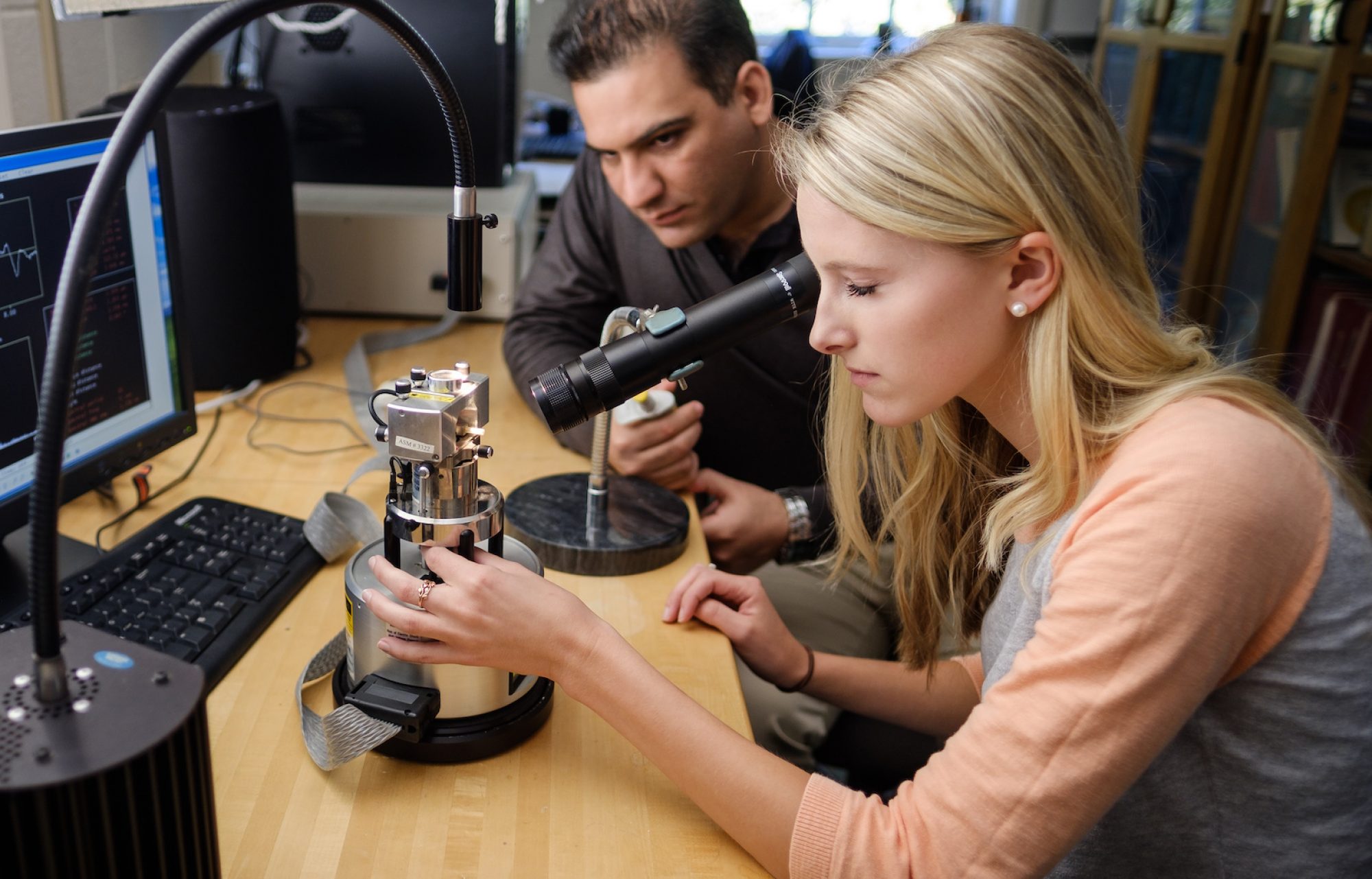Lauren Nelson, Masters Candidate,
Public Presentation in ZSR Library, Auditorium
Tuesday, November 20, 2018, at 10:00 AM
Dany Kim-Shapiro, PhD, and Sam Cho, PhD, Advisors
The defense will follow.
ABSTRACT
Neuroglobin (Ngb) is a hexacoordinated heme protein closely related to hemoglobin (Hb) and myoglobin (Mb) and normally found in the brain and nervous systems. To protect the brain tissue from hypoxic or ischemic conditions, Ngb increases O2 availability and acts as an O2 sensor. Ngb is believed to play roles in: sustaining ATP production under anaerobic conditions, detoxifying reactive species (O2 and NO), cellular oxygen homeostasis, and reversible binding of O2 with a higher binding affinity than hemoglobin. Tejero et al. previously showed that a mutant form of Ngb reduces nitrite to nitric oxide 50x faster than myoglobin and 500x faster than hemoglobin. Ngb also tightly binds to carbon monoxide (CO) with an association rate that is 500x faster than hemoglobin. Computational simulations and physical investigations were utilized to analyze the structure and kinetics of neuroglobin and the characteristics causing these phenomena. Molecular dynamics simulations of Mb were used as a control to analyze wild-type oxidized human Ngb and mutants for a total of eighteen 1µs trajectories. Time-resolved absorption spectroscopy and flash photolysis experiments were accomplished with Mb and two Ngb mutants. These studies will help identify treatments for diseases involving low nitric oxide availability and carbon monoxide poisoning.
